Introduction: What Is Structured Cabling?
Technology is constantly evolving and changing, sometimes faster than you could ever guess. These new tools can make businesses more productive, secure and agile. However, these tools need the right network to support them.
Structured cabling is an infrastructure that’s made up of smaller, standardized elements. You can install structured cabling systems in a building or across a campus. It’s this kind of network cabling that can support all of the rapidly-advancing technology coming to the workplace.
Since the advent of personal computers, the introduction of laptops and VoIP calling systems, the demand on a business’s cable network has only grown. In the past, point-to-point cabling was used, which meant every piece of hardware used its own cable. The cabling literally ran from point to point. This would lead to a jumbled mess of wiring and cables that could be accidentally unplugged or present a safety hazard for tripping. To accommodate the rising need for speed and more bandwidth, structured cabling systems came into use and are now the best solution for a business’s network.
Structured cabling systems are a kind of network cabling solution that organizes your infrastructure. The beauty of structured cabling is that it helps to future-proof your business by accommodating any new hardware you add while supporting the increasing amount of data businesses use every day. It makes things much easier to manage as your business grows!
To help you understand structured cabling systems, we’re taking a deep dive into what they are, how they work and how you can use structured cabling systems at your business to maximize your ROI.
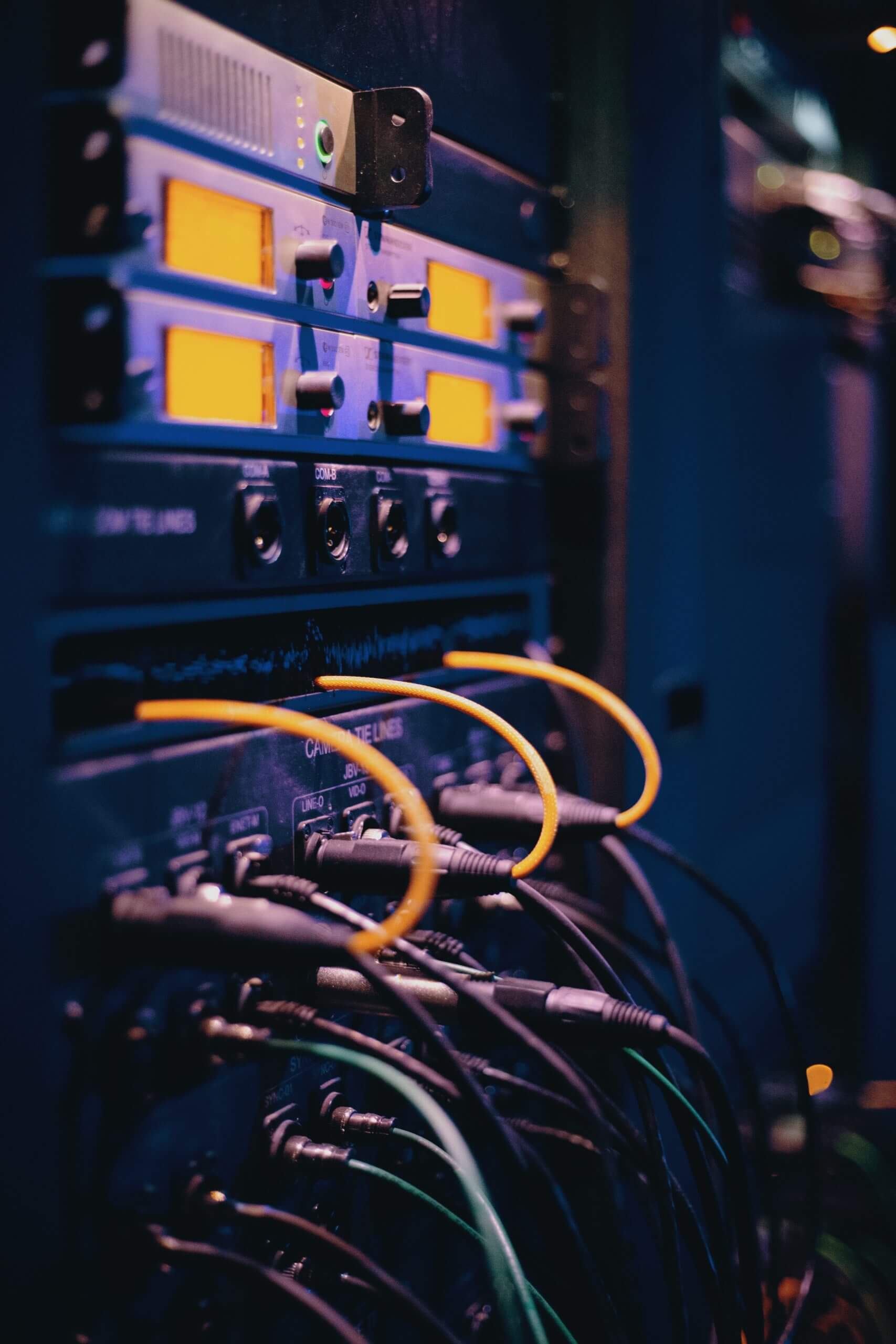
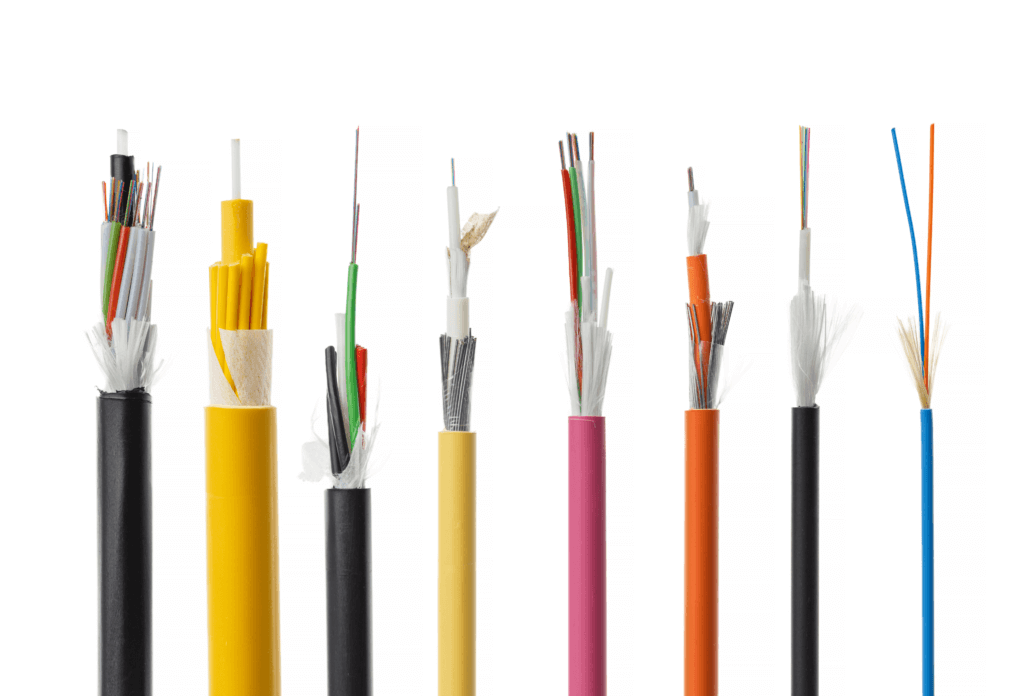
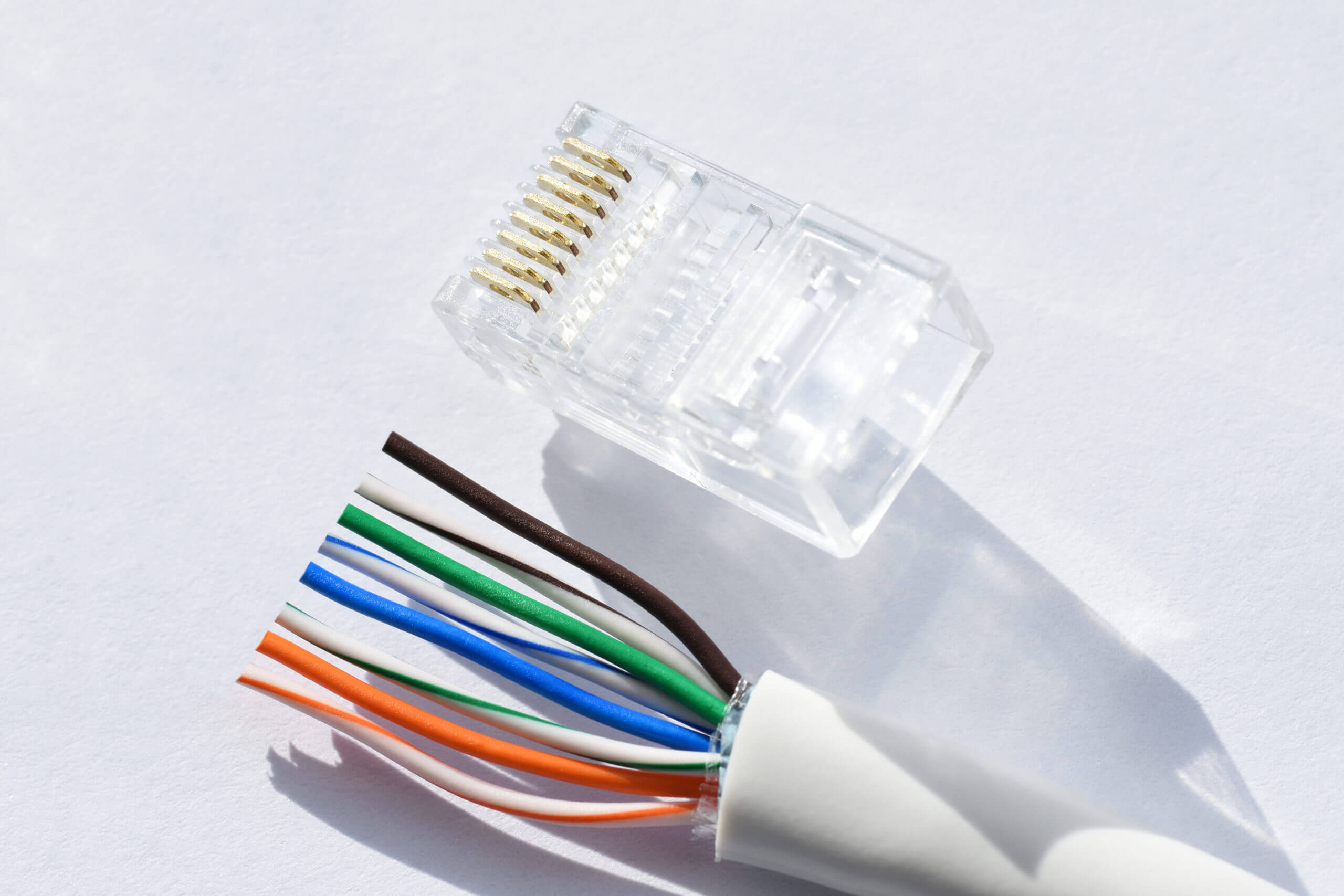
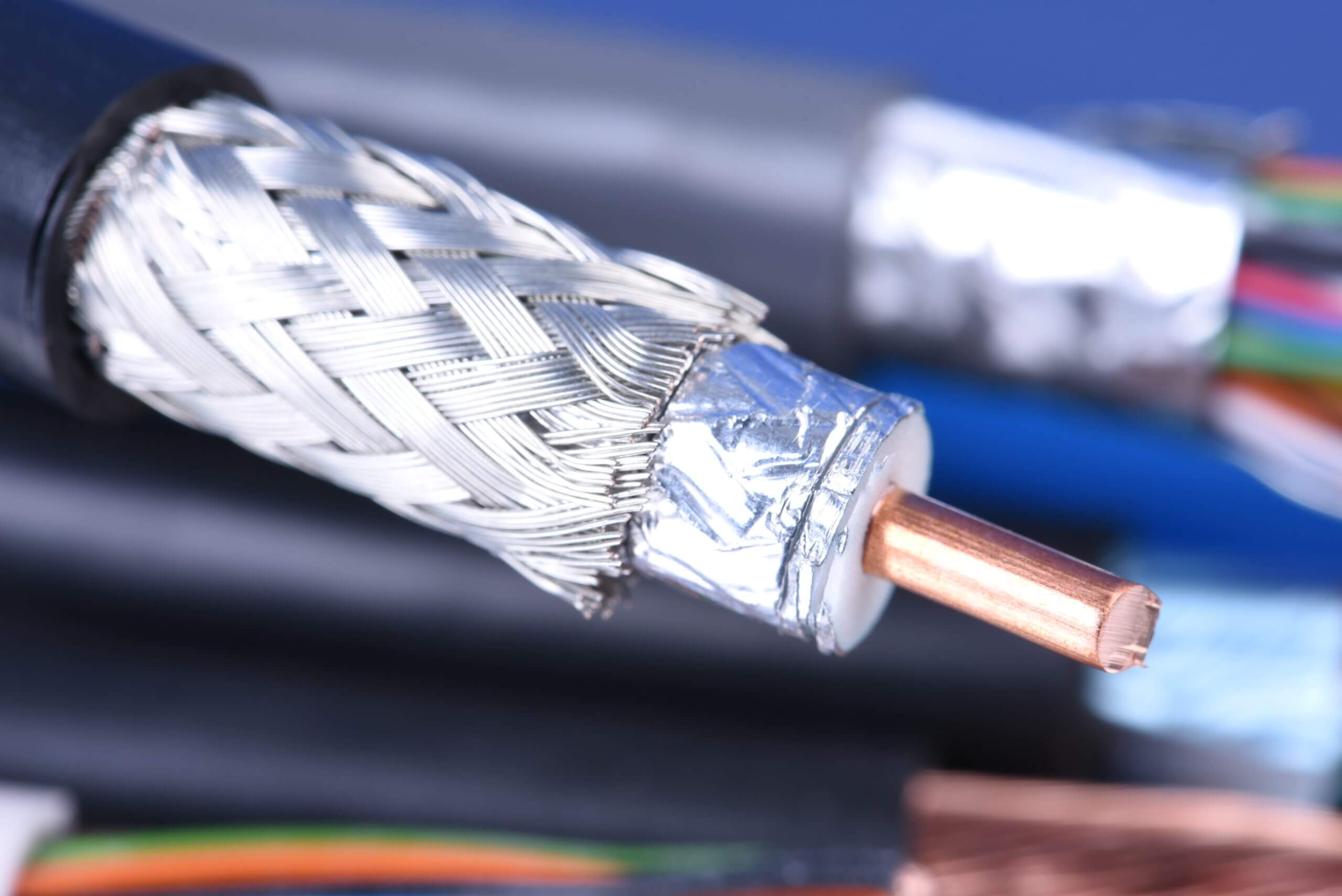
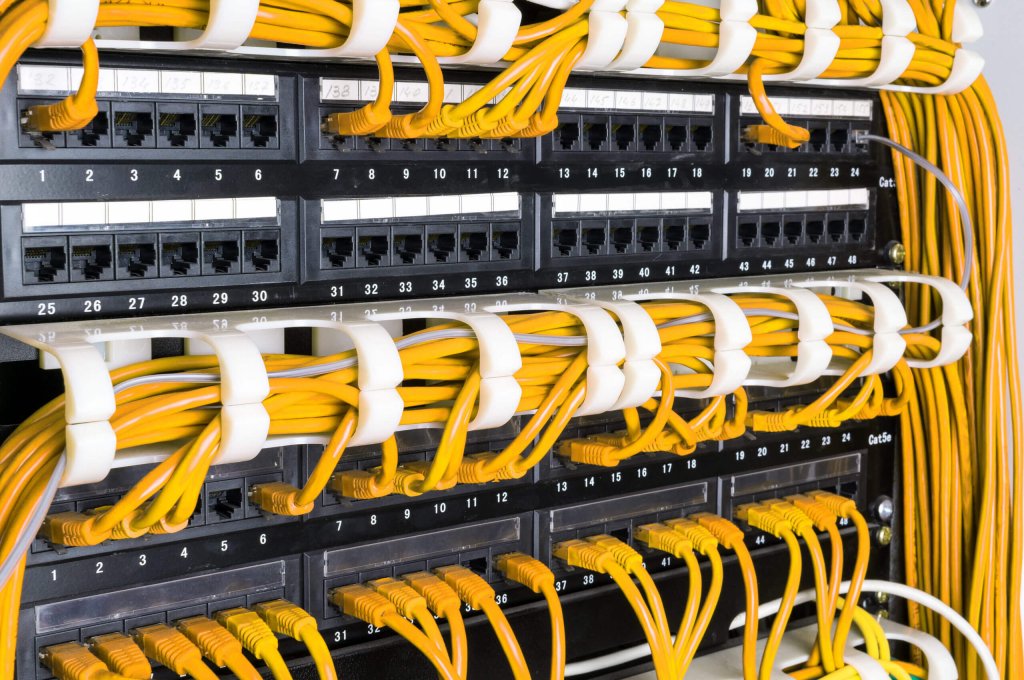
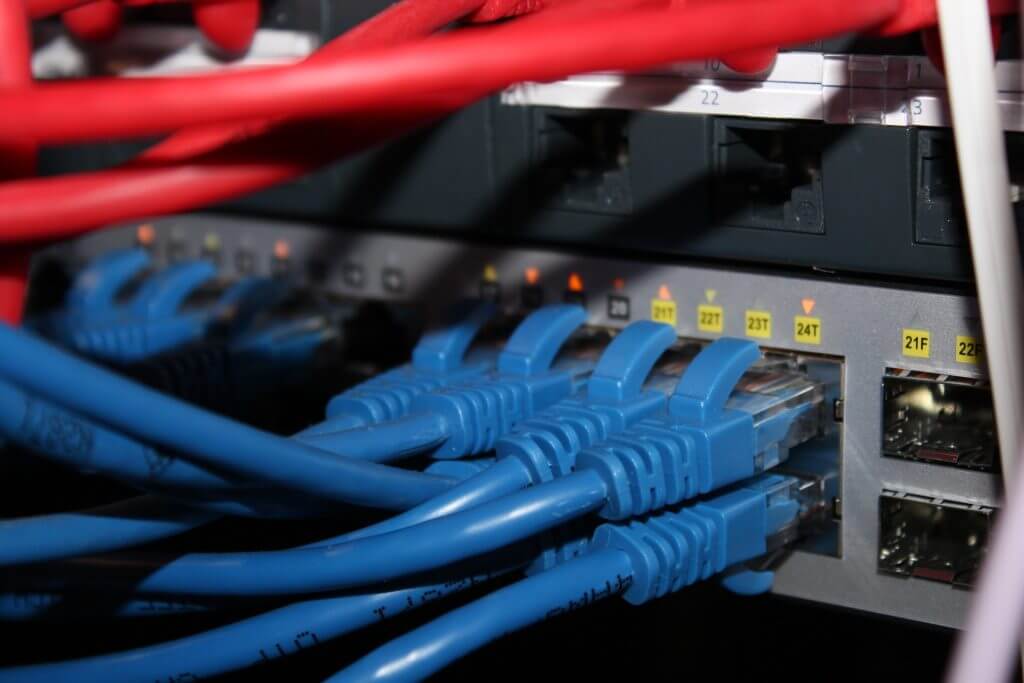
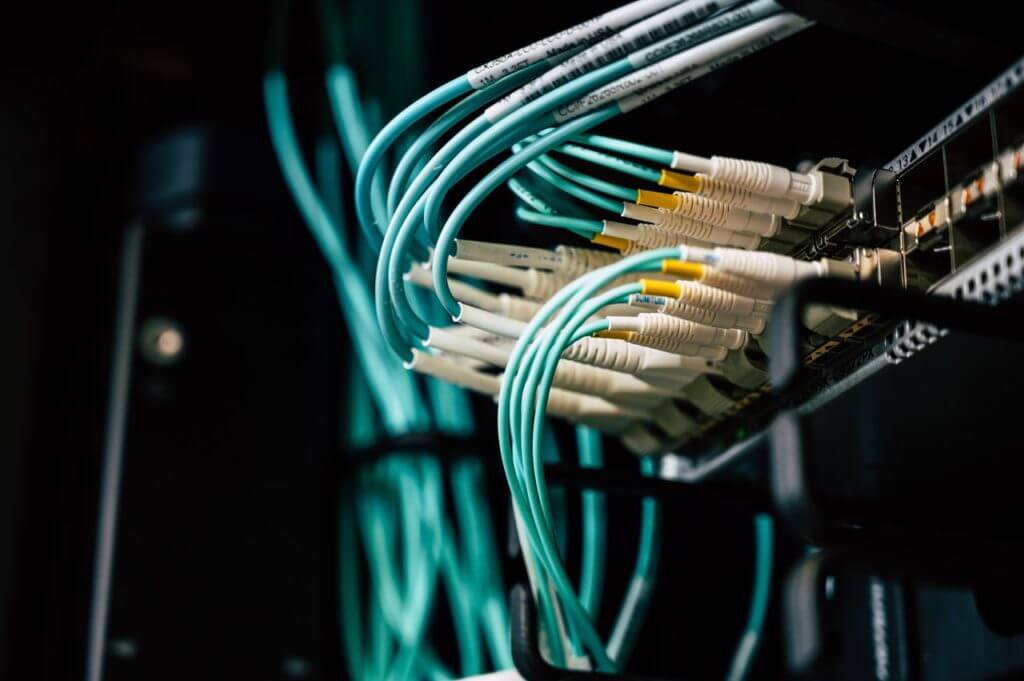


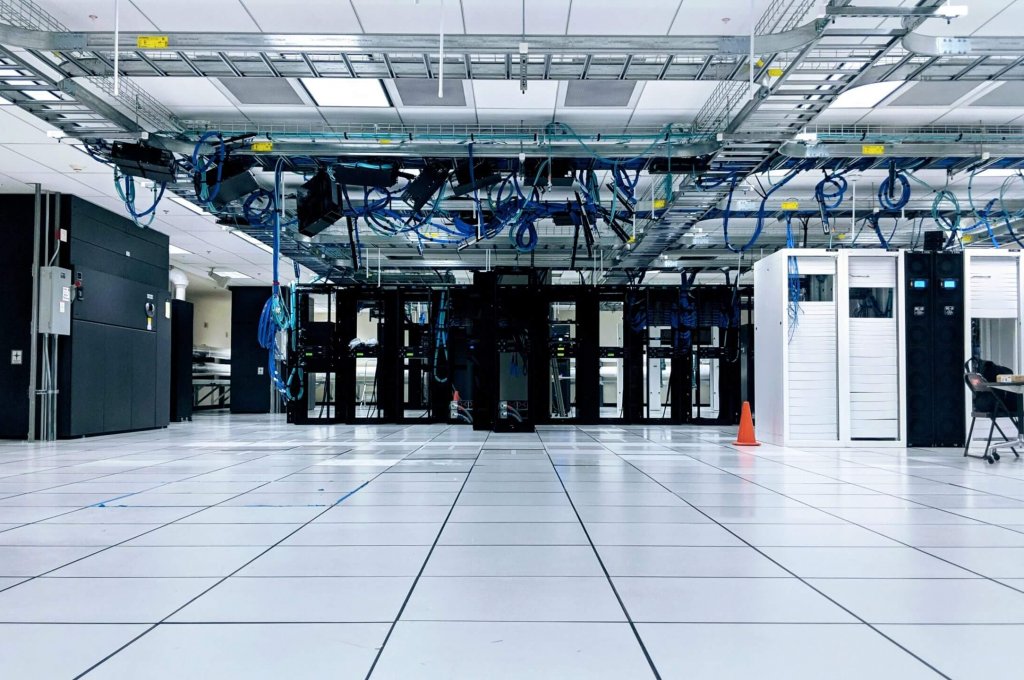
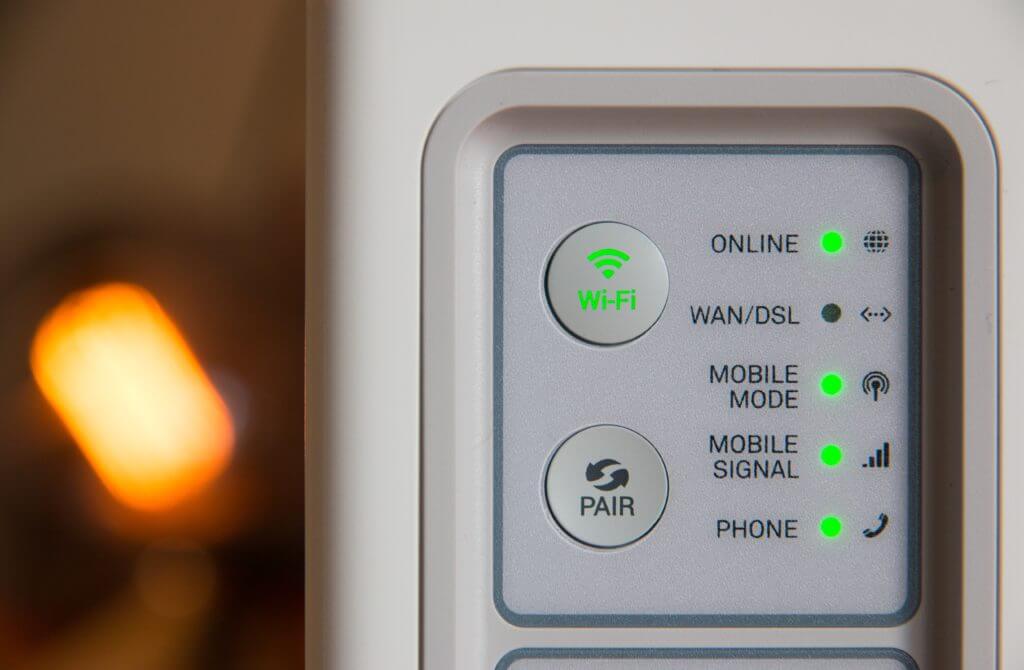
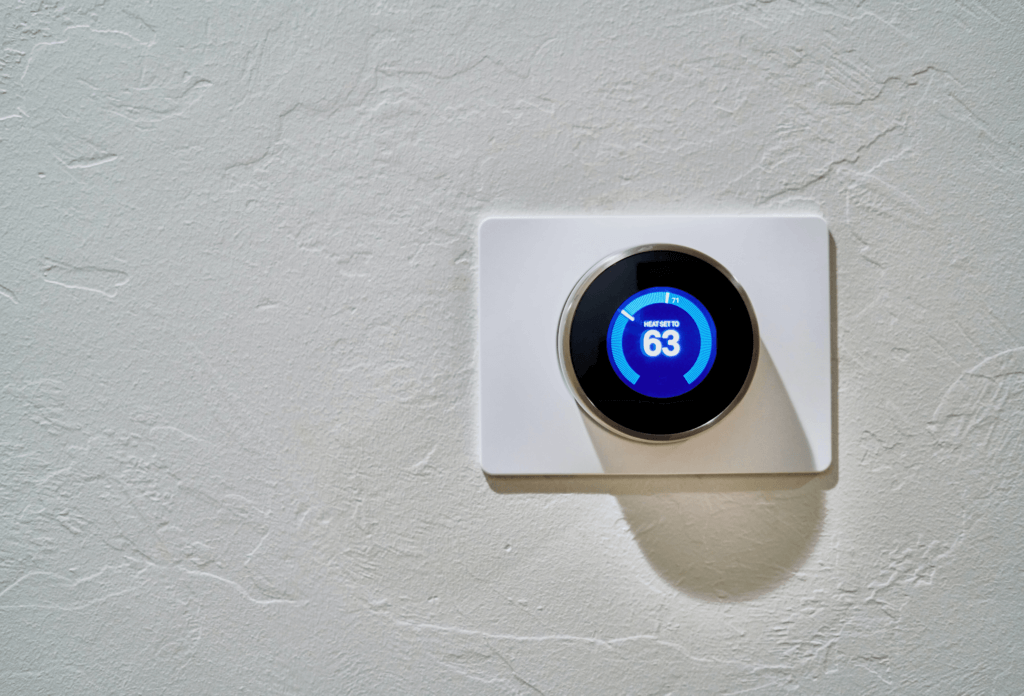
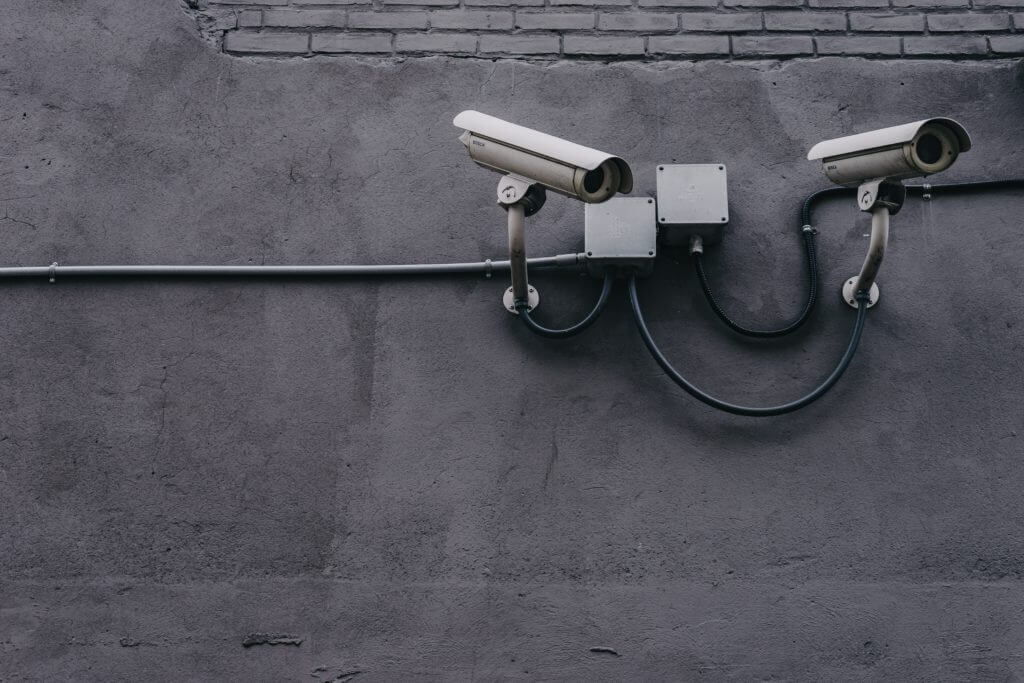
 The standards for structured cabling are comprehensive and cover all aspects of the installation. You should always have an expert install your structured cabling system since they’ll know exactly how your cabling system needs to be laid out.
The standards for structured cabling are comprehensive and cover all aspects of the installation. You should always have an expert install your structured cabling system since they’ll know exactly how your cabling system needs to be laid out. A data cabling company will have the expertise to install a structured cabling system for your business and provide you with guidance on how it works. They’ll be able to survey your facility, assess your current network and consult with you on your new structured cabling system.
A data cabling company will have the expertise to install a structured cabling system for your business and provide you with guidance on how it works. They’ll be able to survey your facility, assess your current network and consult with you on your new structured cabling system. The right data cabling company will also know what standards they’ll need to follow as they install your structured cabling solutions. Organization is the main advantage of a structured cabling system, so things like cord labels are very important. Keeping up with these standards and maintaining them is what makes structured cabling so effective in the first place!
The right data cabling company will also know what standards they’ll need to follow as they install your structured cabling solutions. Organization is the main advantage of a structured cabling system, so things like cord labels are very important. Keeping up with these standards and maintaining them is what makes structured cabling so effective in the first place!